According to the artifacts collected in the recent excavation drives around Van Mieu (Temple of Literature) in Hanoi, the special architecture features of Khue Van Cac is belonged to the …
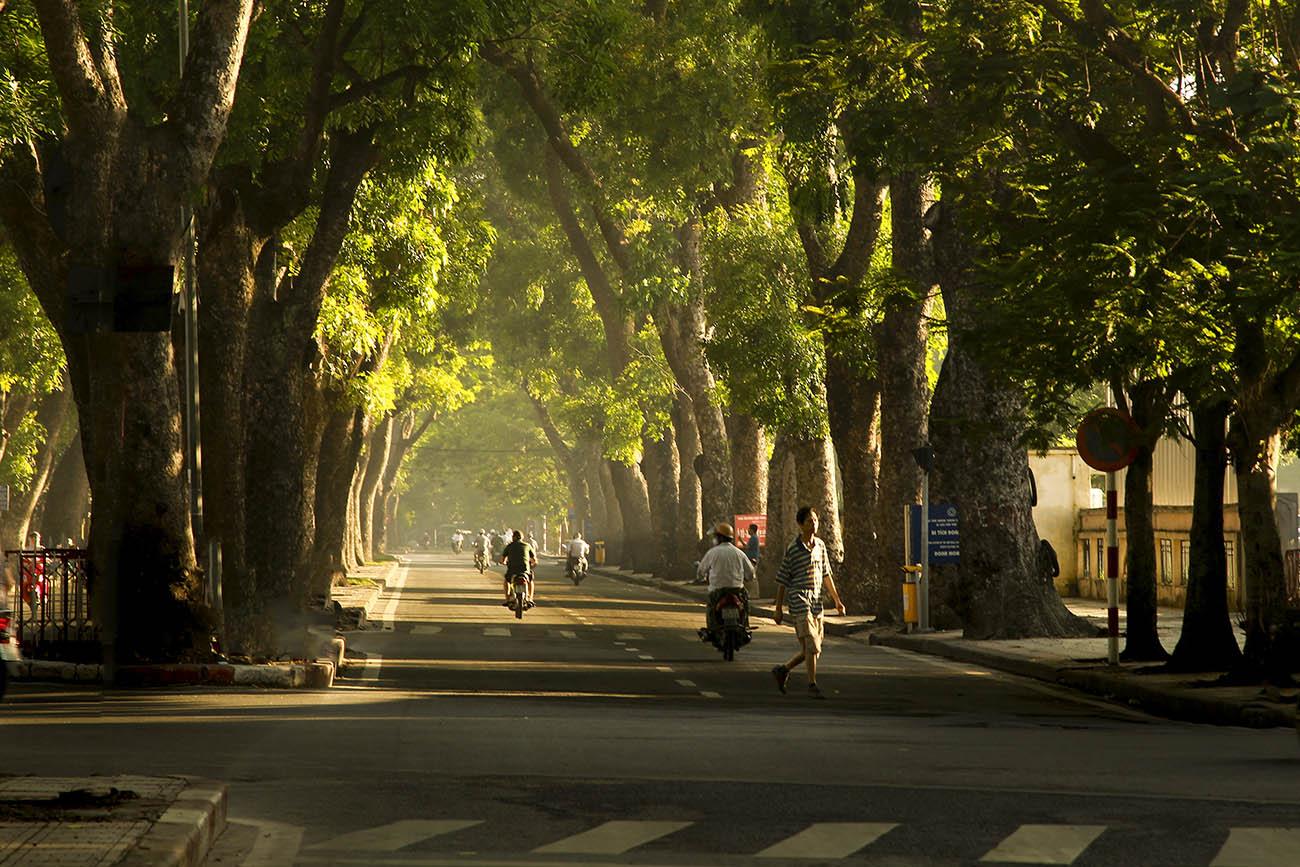
Location : Quận Hoàn Kiếm, Hà Nội, Việt Nam
With the large area of 100 hectares, the Old Quarter in Hanoi has a very long history of thousand years of existing. When King Lý Thái Tổ moved his capital from Hoa Lư to Thăng Long in 1010 the Old Quarter was the trading hub of the new capital, and it was here in the 13th century that 36 guilds were established, each occupying a different street – hence the original name ’36 Streets’.
Nowadays, the Old Quarter includes about 50 streets. Their names are originally formed based on the goods that the citizens living in these area made and sold such as Hang Gai (silk), Hàng Quạt (fans), Hàng Giày (shoes), Hàng Bạc (silver), although comparatively few streets now specialize in any particular trade.
The ‘tube house’ design which predominates in the Old Quarter originally evolved in response to a tax on the width of shop fronts; surviving examples of the original design are just 2 to 4 metres wide and two storeys tall, with a shop in the front portion, rooms containing manufacturing or assembly facilities in the middle and residential and dining quarters in the rear.
Unfortunately the older houses so beloved of conservationists generally offer cramped and substandard living conditions to the numerous families that share them, and not surprisingly many were destroyed during the 1980s and early 1990s in the rush to build more suitable accommodation.
Over the past few years the Hà Nội People’s Committee has been seeking to balance the needs of modernization and development with measures to protect what remains of the Old Quarter’s architectural heritage. Hà Nội People’s Committee has entrusted responsibility for the preservation, conservation and development of the Old Quarter to the Hà Nội Old Quarter Management Board, which has restored two of the quarter’s most noteworthy houses (see below). Efforts are currently focused on seeking recognition of Hà Nội’s Old Quarter as a UNESCO World Heritage Site.
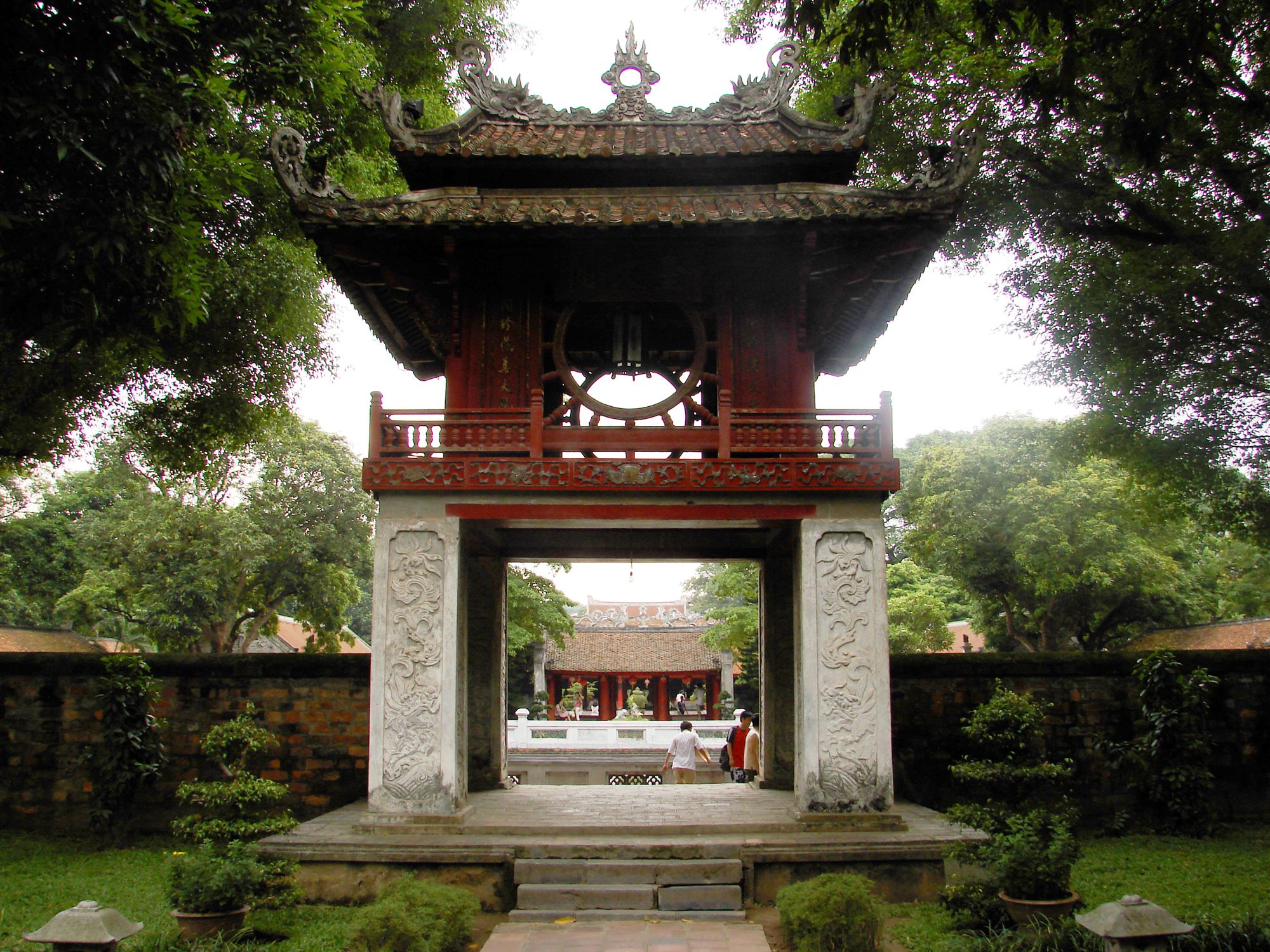
According to the artifacts collected in the recent excavation drives around Van Mieu (Temple of Literature) in Hanoi, the special architecture features of Khue Van Cac is belonged to the …
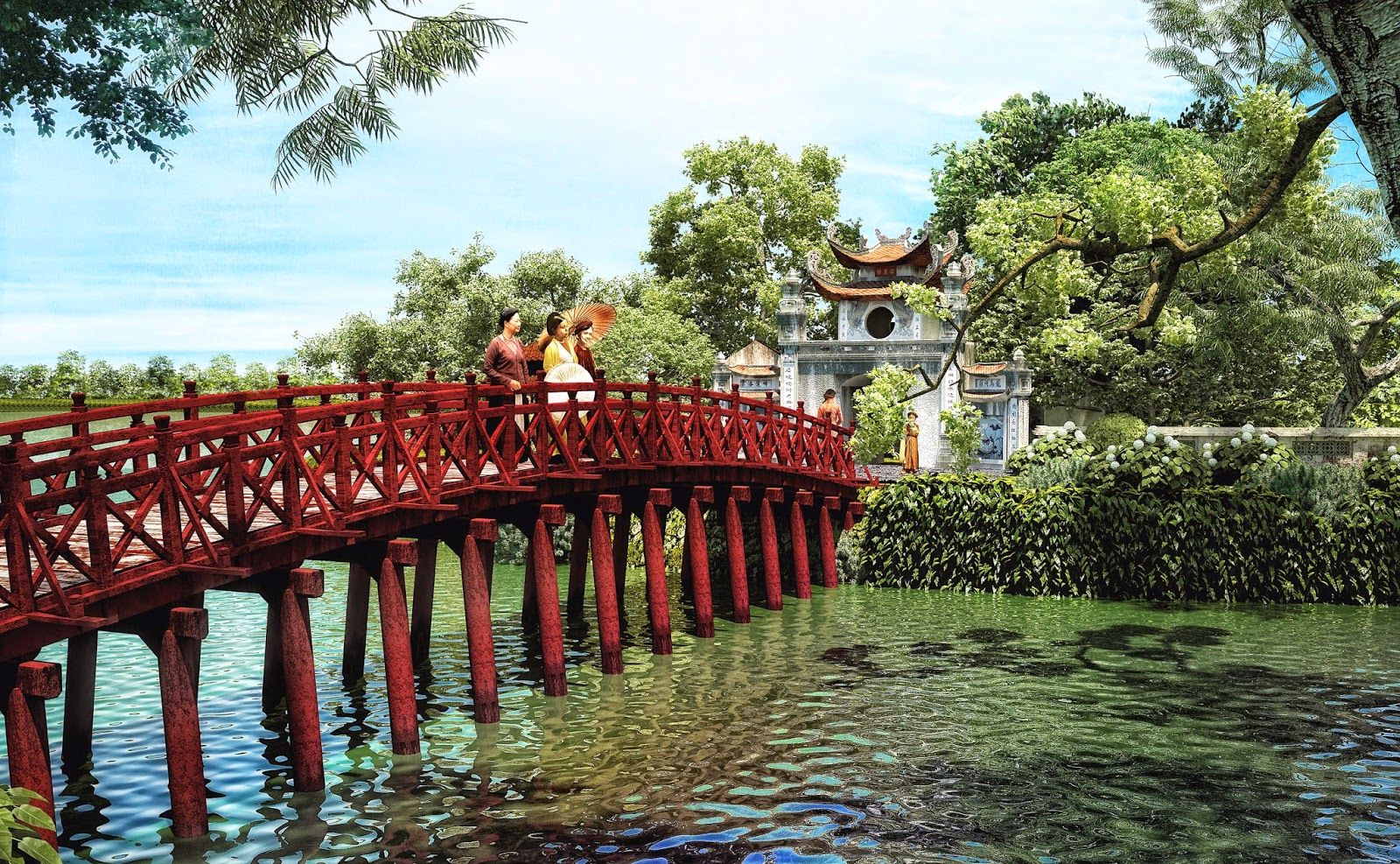
The Huc Bridge is a beautiful construction built to connect the Ngoc Son Temple located in the heart of Hoan Kiem Lake and the lake bank. Being an indispensable part …
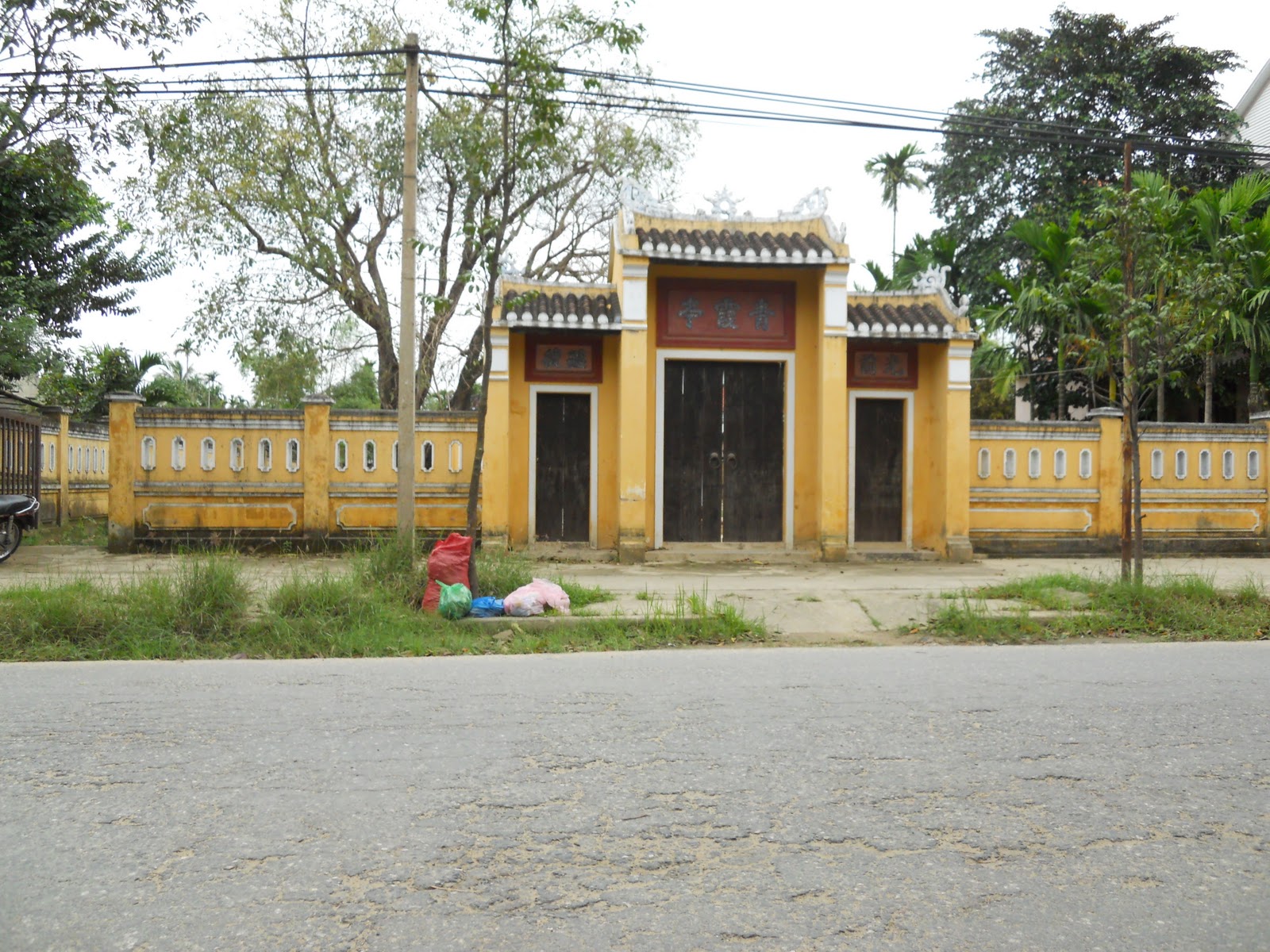
Located at No.10 Ngo Gach, Dong Xuan Ward in Hoan Kiem District of Hanoi, Thanh Ha Communal House was seen as the oldest extant stele in Hanoi. Built in 1430, …
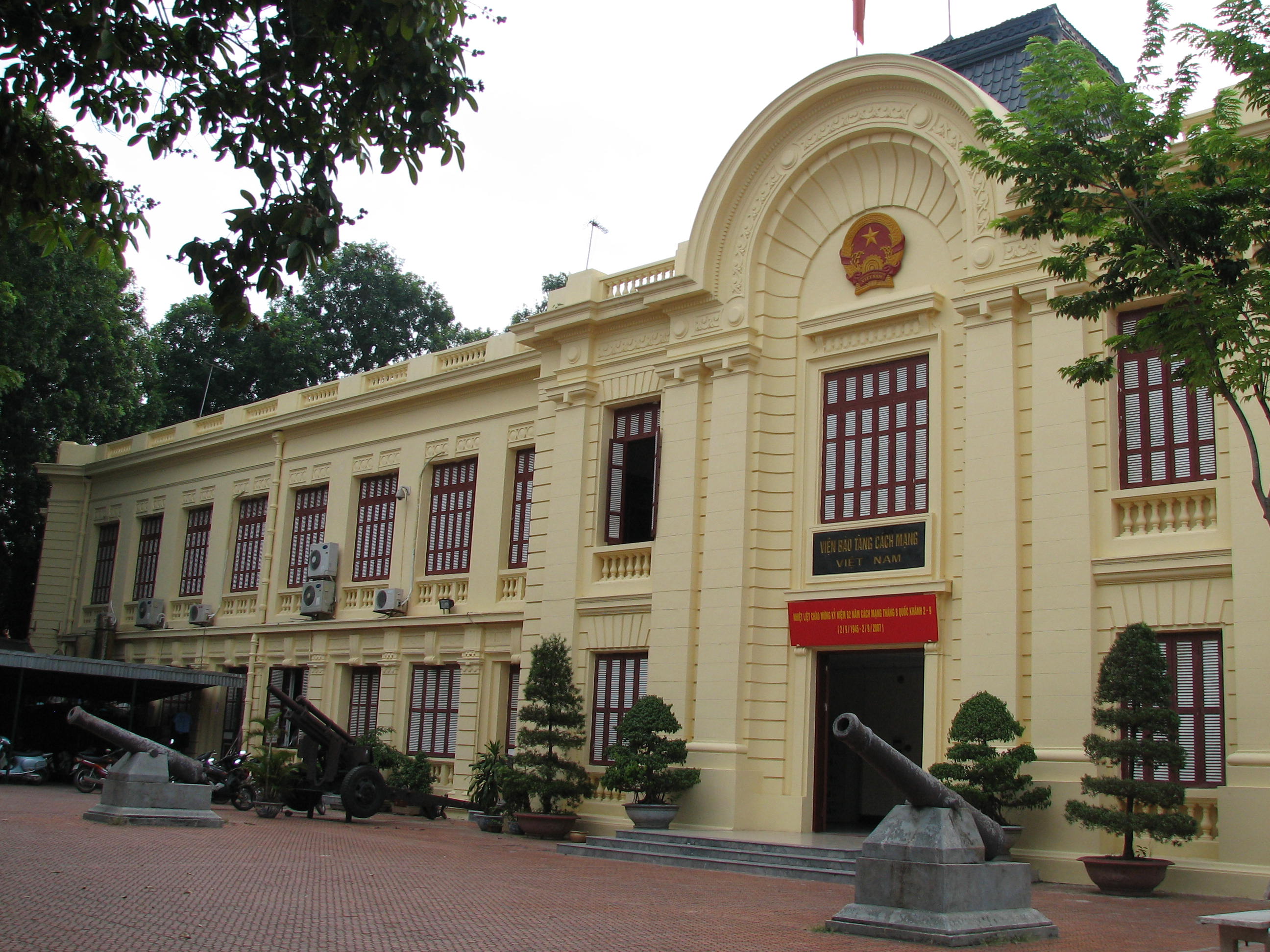
The Revolution Museum was established in August 1959. Originally, this museum consists of two floors and is a used building which was the former headquarters of the Trade Department. After …
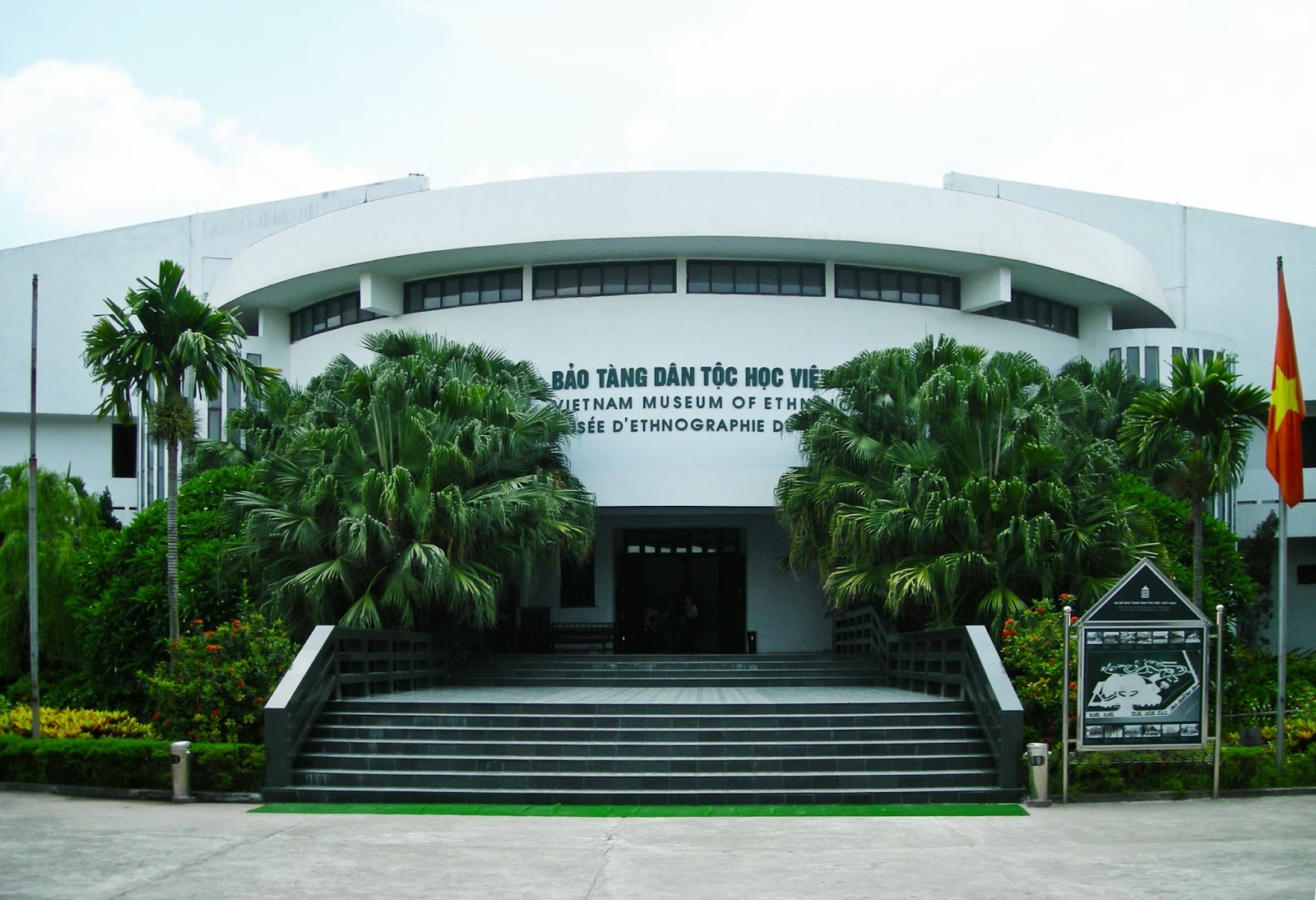
Location: Vietnam Museum of Ethnology is located on Nguyen Van Huyen Street, Cau Giay District, Hanoi. Characteristic: this museum is displaying about more than 10,000 objects, 15,000 black and white …
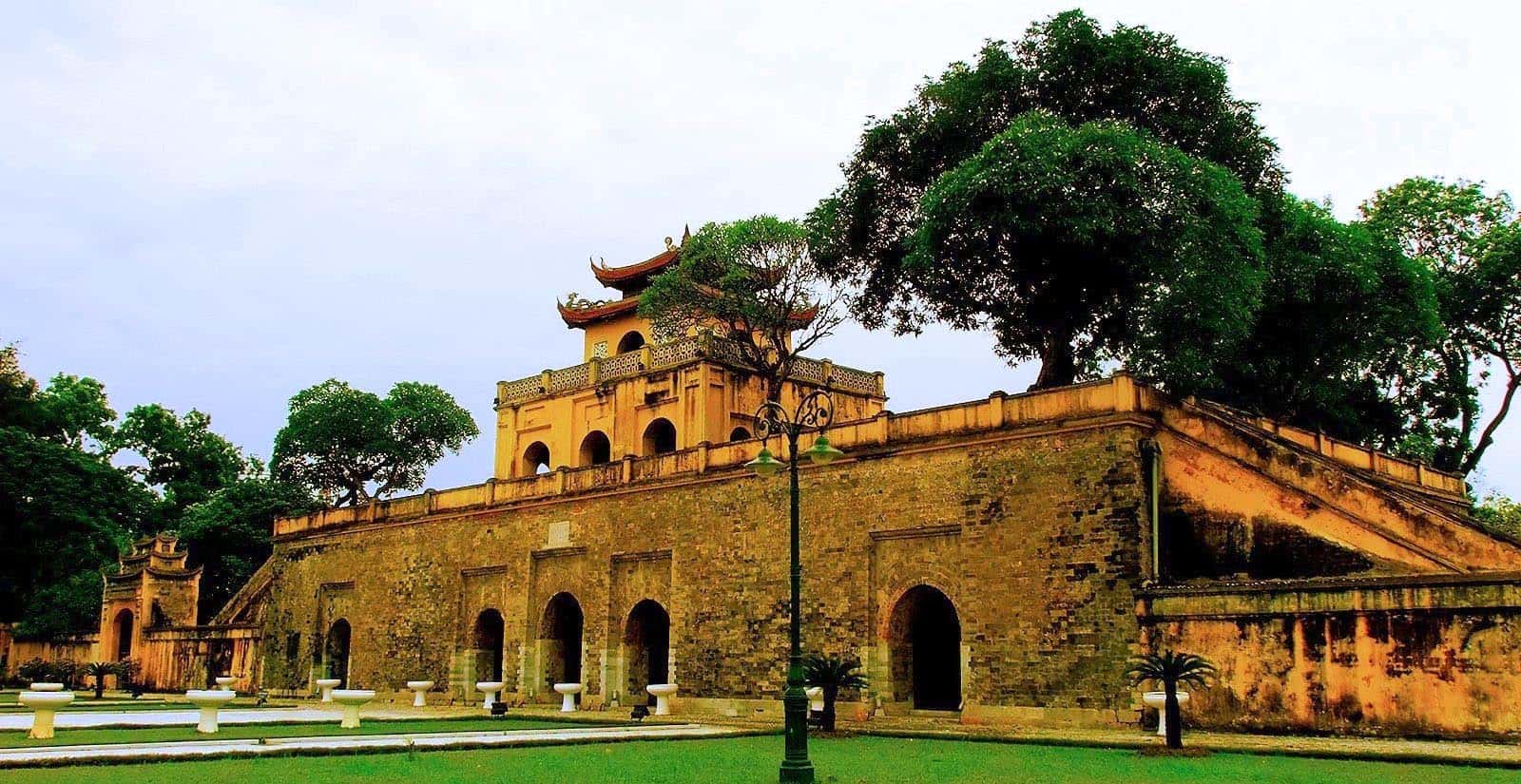
Location : Đoan Môn (main gate): 19 Hoàng Diệu, Quận Ba Đình, Hà Nội, Việt Nam Opening hours: 8am-11.30am, 2pm-4.30pm daily Little now remains of the former royal citadel of …
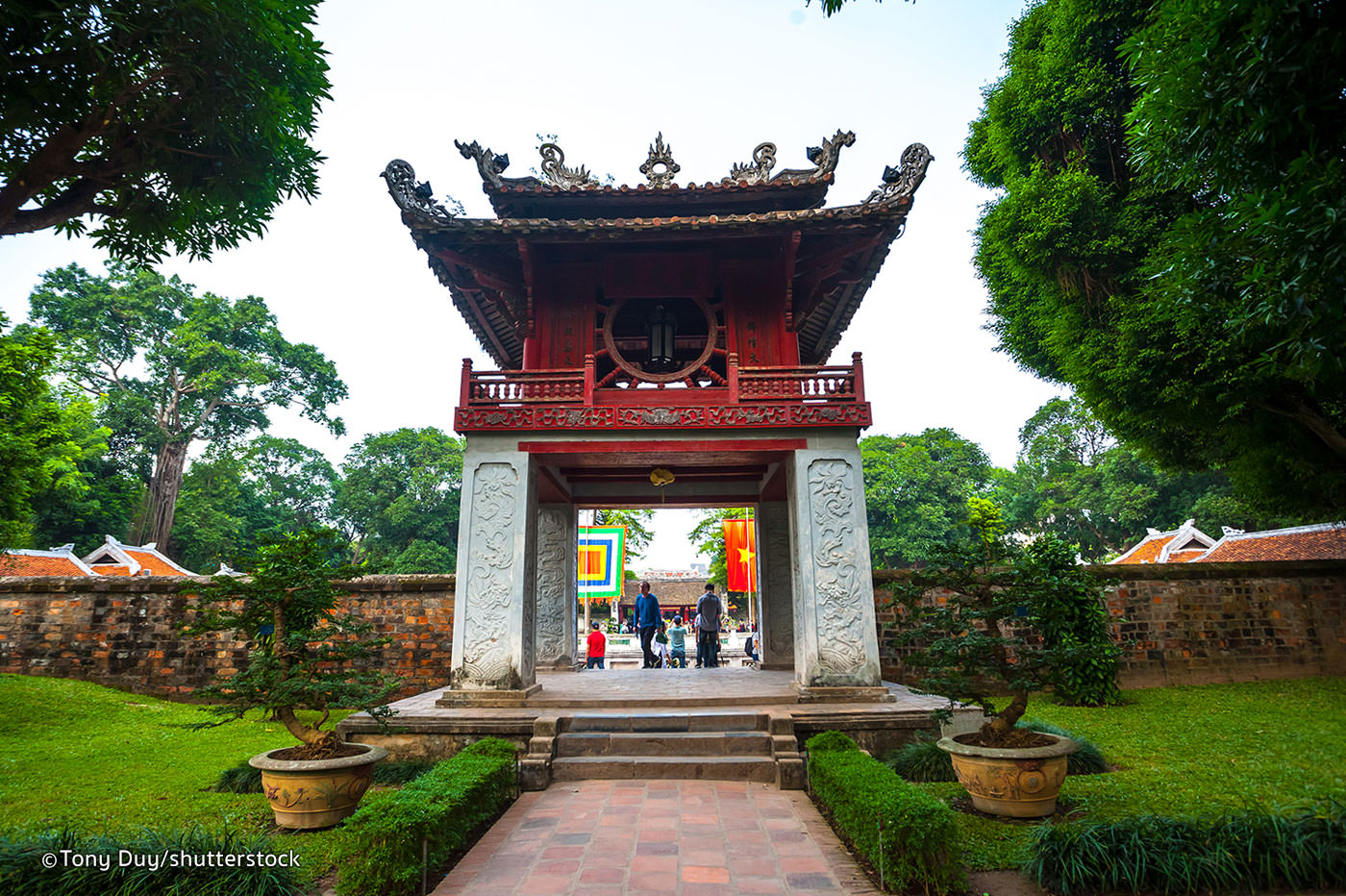
Location : Văn miếu-Quốc tử giám, Văn Miếu, Quận Ba Đình, Hà Nội, Việt Nam Opening hours: 8am-5pm daily Hà Nội’s largest and most important temple complex was founded in …
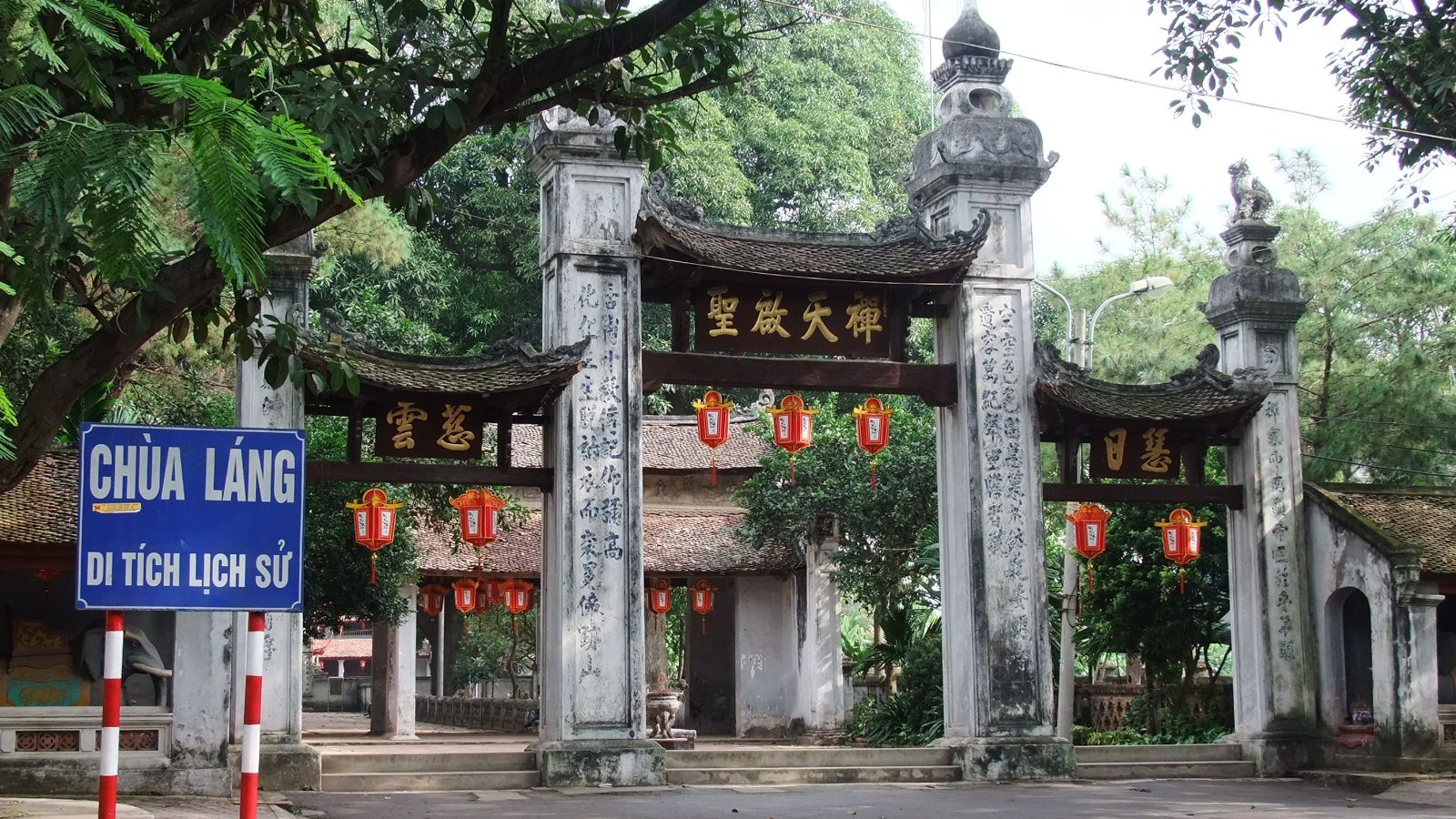
Location : Đường Láng, Quận Đống Đa, Hà Nội, Việt Nam Opening hours: 6am-5pm daily Lang (chieu Thien) Pagoda was built during the reign of King Ly Anh Tong (1148 …
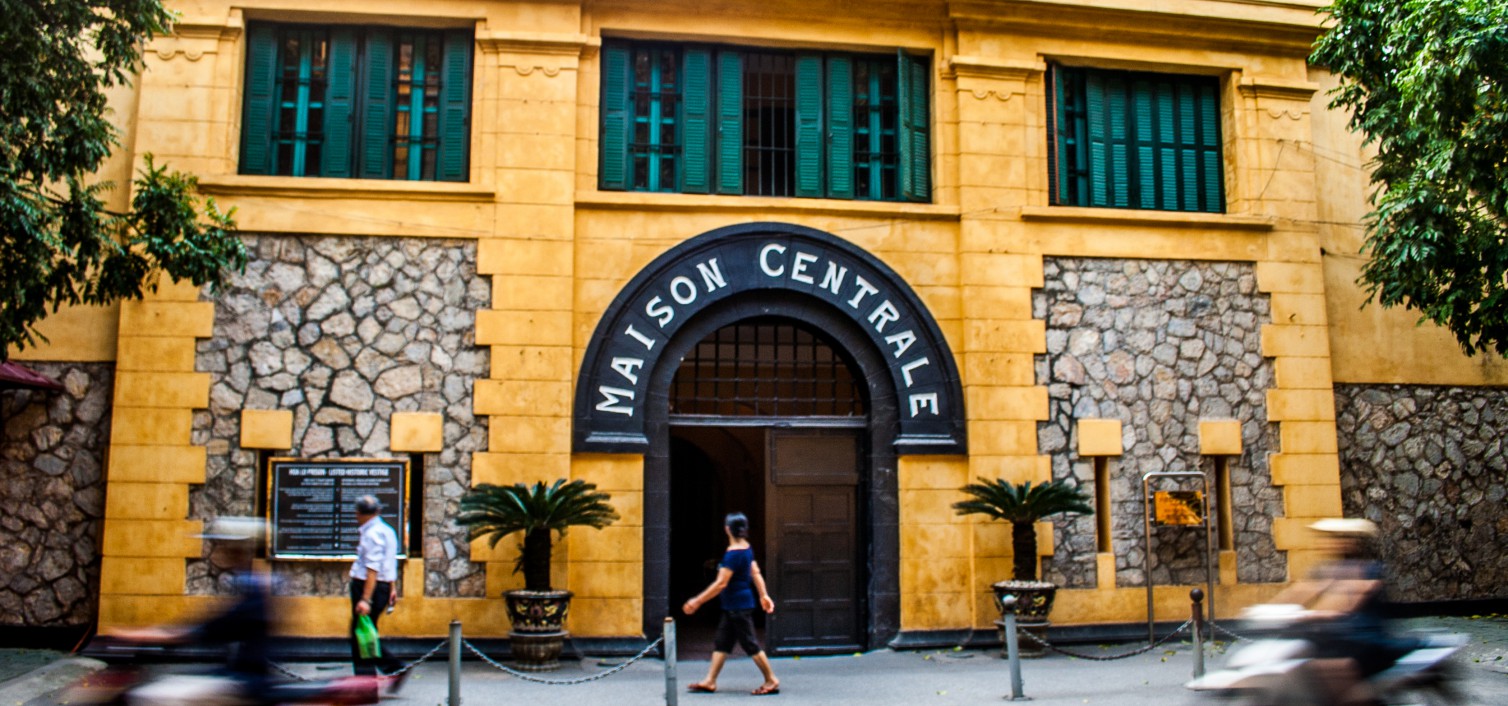
Location : 1 Hỏa Lò, Quận Hoàn Kiếm, Hà Nội, Việt Nam Opening hours: 8am-11.30am, 1.30pm-4.30pm Tue-Sun, closed Mon Established by the French colonial government in 1896, Hoa Lo Prison …

